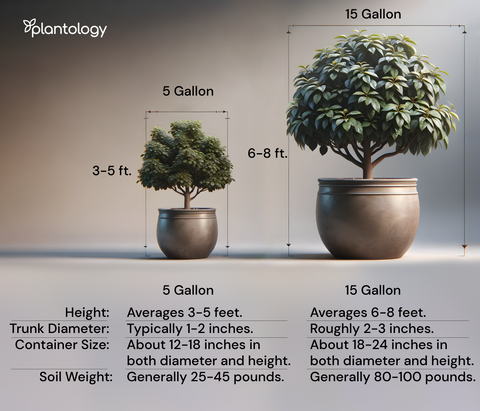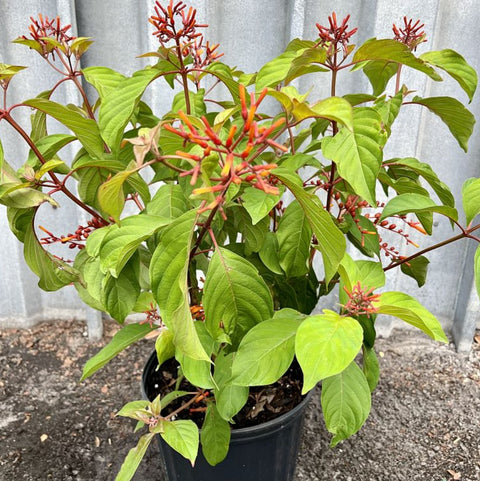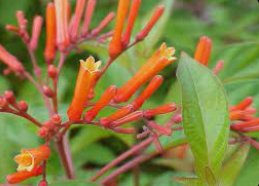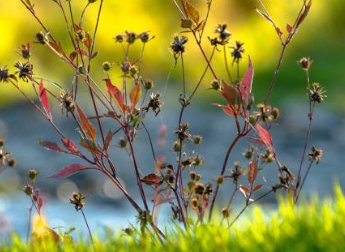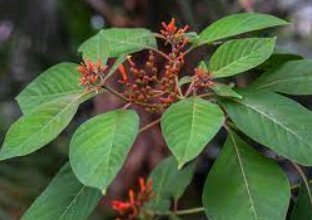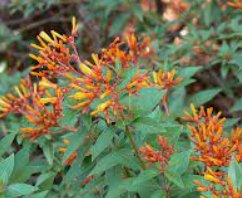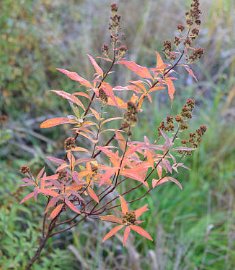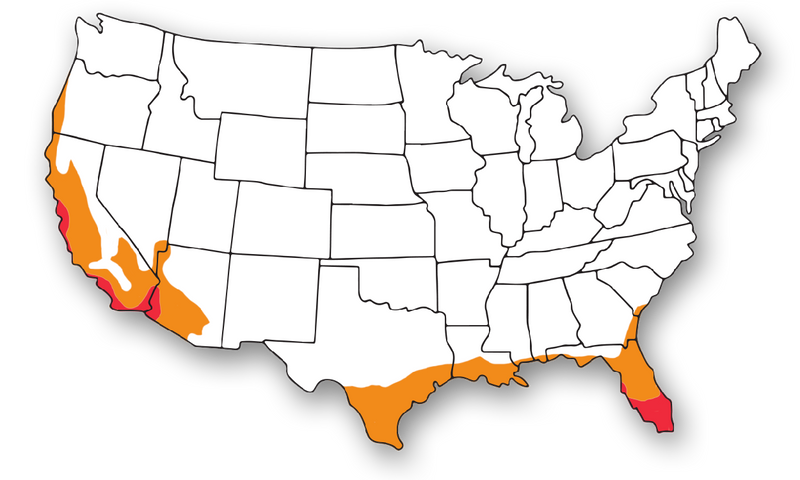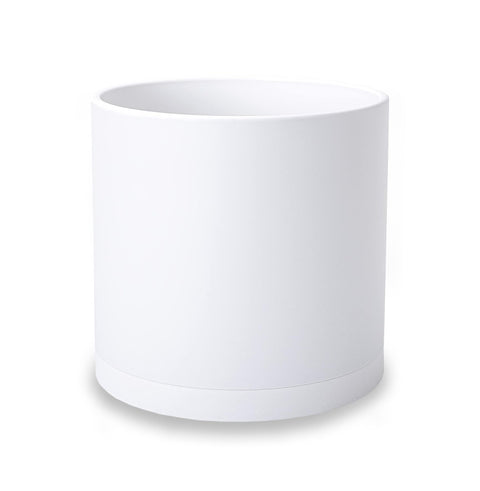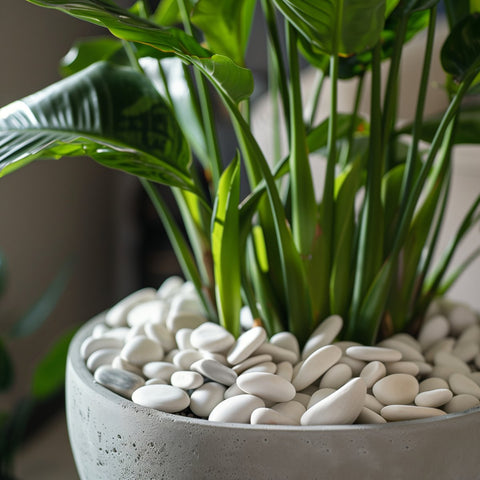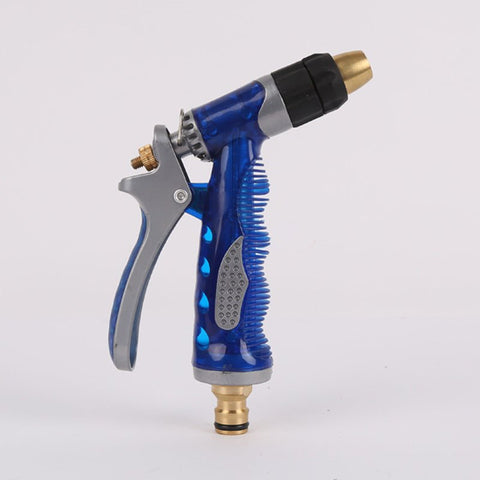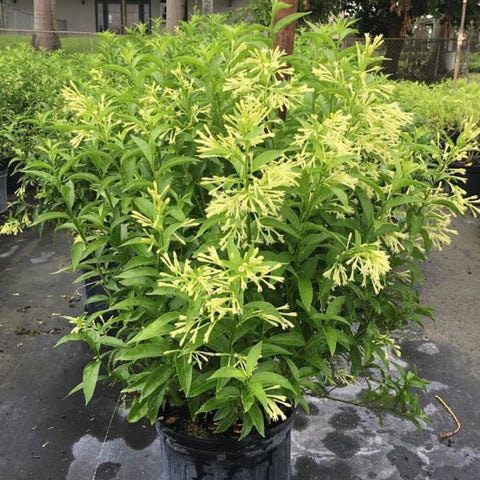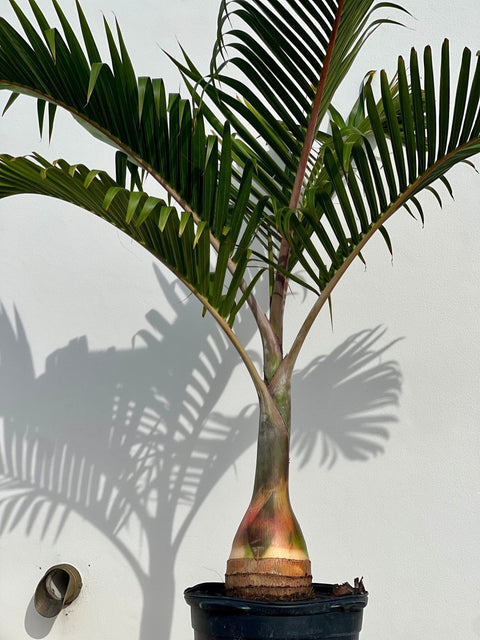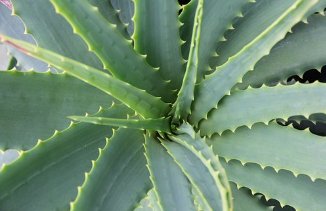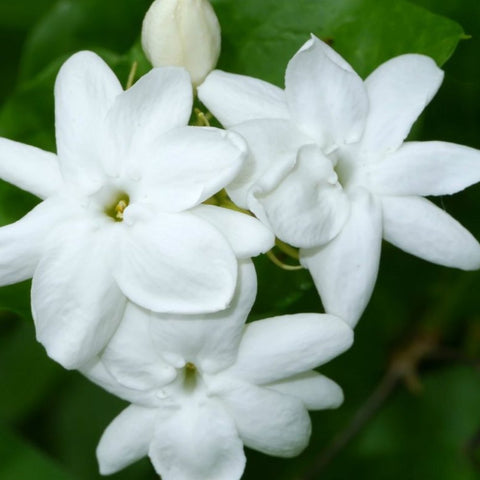Growing & Care Tips
Looking for a plant that will add a pop of color to your garden? Look no further than Firebush Regular (Hamelia patens)! With its bright red-orange flowers and lush green foliage, this plant is sure to catch the eye of anyone passing by. Not only is it beautiful, but it is also easy to care for and attracts pollinators like butterflies and hummingbirds.
How to Grow
Firebush Regular is a hardy plant that can grow in a variety of conditions. It prefers full sun to partial shade and well-draining soil. It can grow up to 12 feet tall and 6 feet wide, so make sure to give it enough space to spread out. Plant it in the spring or fall for best results.
Care Tips
Once established, Firebush Regular requires little maintenance. Water it regularly during dry spells, but otherwise, it can tolerate moderate drought. Fertilize it in the spring and summer with a balanced fertilizer to encourage healthy growth and flowering.
Uses
Firebush Regular is a versatile plant that can be used in a variety of ways. It works well as a hedge, screen, or accent plant. Its bright flowers also make it a popular choice for cut flowers and floral arrangements.
Planting Tips
When planting Firebush Regular, make sure to dig a hole that is slightly larger than the root ball. Backfill the hole with soil and water it thoroughly. Mulch around the base of the plant to help retain moisture and suppress weeds.
Maintenance
To keep Firebush Regular looking its best, prune it in the late winter or early spring. Remove any dead or damaged branches and shape the plant as desired. You can also cut it back by one-third to one-half to promote bushier growth and more flowers.
Pests and Diseases
Firebush Regular is relatively resistant to pests and diseases. However, it can be susceptible to spider mites and whiteflies. Keep an eye out for these pests and treat them promptly if you notice an infestation.
Frequently asked questions
Caring for Firebush Regular plants in a cost-effective manner is essential for maintaining their health and vibrancy. Here are some actionable tips to help you take care of your Firebush Regular plants without breaking the bank: 1. Watering: Firebush Regular plants thrive in well-draining soil, so make sure to water them deeply but infrequently. Watering them once a week should be sufficient, but adjust based on the local climate and soil conditions. 2. Pruning: Regular pruning is key to promoting healthy growth and maintaining a compact shape. You can prune your Firebush Regular plants in the spring to remove dead or damaged branches, as well as to shape them to your liking. In conclusion, caring for Firebush Regular plants in a cost-effective way involves proper watering, pruning, and soil management. By following these tips, you can help your Firebush Regular plants thrive without breaking the bank. Remember to monitor your plants regularly and make adjustments as needed to ensure their continued health and beauty.
Estimated Shipping Time: Most orders ship immediately. As noted on the website, some items are seasonal, and may only ship in spring or fall. Once your order is shipped, you'll receive an email with a tracking number.
Shipping Cost:
Orders less than $199 have a standard $29.95 shipping cost. Orders over $199 SHIP FREE
